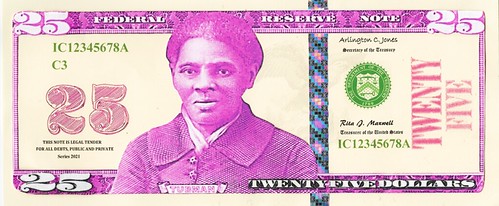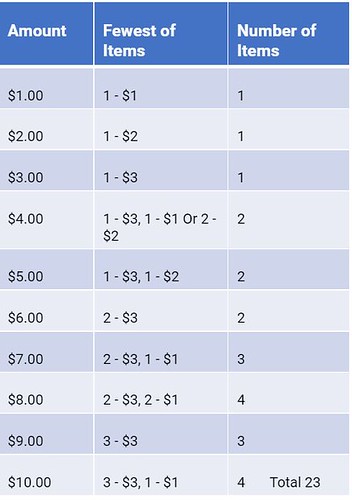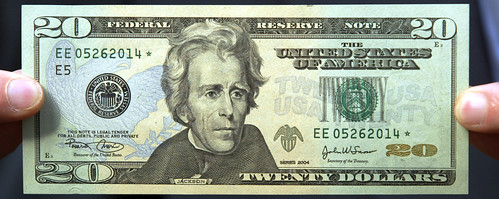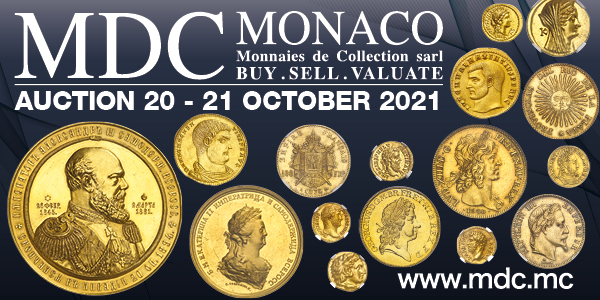
PREV ARTICLE
NEXT ARTICLE
FULL ISSUE
PREV FULL ISSUE
WHY DO WE HAVE A $20 BILL AND A 25 CENT COIN?OK, so we have a one cent coin and a one dollar bill. We have a five cent coin and a five dollar bill. Likewise, we have a ten cent coin and a ten dollar bill, a fifty cent coin and fifty dollar bill, and a "hundred cent" coin (the dollar) and a hundred dollar bill. A nice mathematical progression. So why the heck do we have a twenty-five cent coin and a twenty dollar bill? Why haven't we ever had a $25 bill? John Phipps submitted this thoughtful answer. Thank you! -Editor
You asked the question
I learned the answer in a Zoom meeting presented by the Hobby Club in New Delhi, India. The simple answer is our culture. Explaining it is much more complicated. The culture that I am referring to is not high culture like old paintings, the symphony or opera. This culture is created by a blend of tradition, politics, convenience, superstition, religion, science, mathematics, anatomy, language, humor and many more factors. I think of culture as those things that everybody knows but nobody is taught. One example is the expression
First, a look at coins through the lens of our culture. Because of our culture, we think of coins as commodity money. That is to say, coins are worth the value of the metal, or they have intrinsic value. Logically, we know that today this is not true of our coins, but cultural beliefs are very deeply rooted and take many decades to go away if they ever do. Commodity money can be divided or split. The easiest split for the human mind in to divide into halves. So, we have 1/2 dollars, 1/2 dimes and 1/2 cents. Splitting the halves in half again and we have 1/4 dollars. Historically we have split these in half again and gotten pieces-of-eight. We have other fractions of a dollar. One tenth of a dollar is not called a
Next a look at banknotes. Our culture has always thought of them as fiat money. That is to say, banknotes are only backed by the Analyzing various schemes can easily be done empirically. Pick the proposed banknotes in the scheme. Then count the minimum number of notes needed to pay amounts between 1 and 10. The lower the total number, the more efficient the scheme. Here is an analysis of a $1-$2-$3 scheme. This analysis applies for the issuing $1, $2, and $3 banknotes and issuing $10, $20, and $30 banknotes and issuing $100, $200, and $300 banknotes. The analysis can be done for any other combination of banknotes that the issuing authority is considering. For a $1-$2.50-$5 scheme the total is very high at 27. So, the $25 banknote is out of the question. I have done this analysis on many schemes. There are two schemes of three banknotes with a total of 19. These are the most efficient schemes, a $1-$2-$5 scheme and a $1-$3-$7 scheme. So, the final question is which scheme to use, the $1-$2-$5 scheme or the $1-$3-$7 scheme? Culture makes this decision too. With human anatomy, we start counting with one finger, we have two hands and five fingers per hand. The $1-$2-$5 scheme is the obvious winner. And by extension to $10-$20-$50 and $100-$200-$500 if we choose to go that far. Of course, the $2 banknote is not popular because of superstitions in our culture. So why do we have a $20 banknote? The answer is culture.
To read the earlier E-Sylum article, see:
Wayne Homren, Editor The Numismatic Bibliomania Society is a non-profit organization promoting numismatic literature. See our web site at coinbooks.org. To submit items for publication in The E-Sylum, write to the Editor at this address: whomren@gmail.com To subscribe go to: https://my.binhost.com/lists/listinfo/esylum All Rights Reserved. NBS Home Page Contact the NBS webmaster 
|



